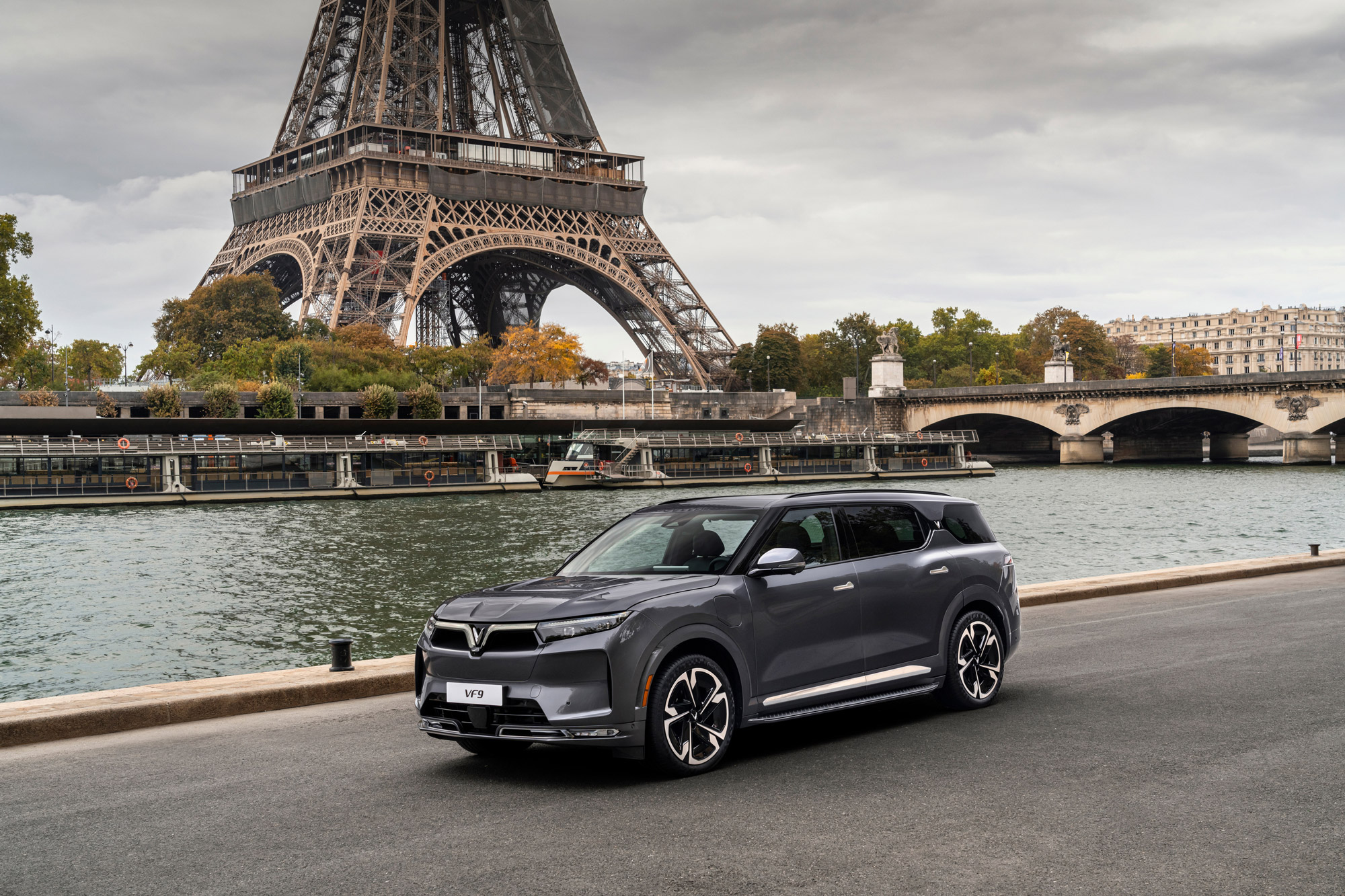
VinFast’s BEV plan – is a rethink needed?
Is relative newcomer VinFast wise to target the burgeoning global BEV market so soon? Ake Lertsirirungsun writes
In 2022, VinFast announced its plan to be an all-electric carmaker and to penetrate the US and European markets by importing Complete Built-Up (CBU) vehicles from its Vietnam plant in the initial phase and adding local production in the US by 2024.
In advance of this move, VinFast ceased production of internal combustion engine vehicles in Q3 2022 which negatively impacted VinFast’s sales in its domestic Vietnamese market. Despite overall Vietnamese Light Vehicle sales surging by 24% year-on-year in 2022, VinFast sales plunged by 32% year-on-year from around 36k units in 2021 to just 24k units in 2022. VinFast’s January 2023 sales were only 358 units, a drop of 83% year-on-year from 2k units in January 2022. Considering this trend, we expect VinFast’s domestic sales to continue to decline to 11k units or around a 50% year-on-year fall in 2023 due to the lack of infrastructure for BEVs and the fact that adoption of these vehicles in the country is at an early stage.
In our view, this strategy implies that the company is focused on the global market rather than the domestic market due to:
- The increasing global demand for BEVs.
- Vietnam’s small LV market size – the 2022 sales of ICE and electrified vehicles combined were 472k units and are expected to be around 500k units in 2023 which are fewer than the BEV sales in the US.
- The plan to sell in developed markets will improve the reputation and brand awareness faster than starting in developing markets such as the ASEAN region.
However, the company’s global plan is now facing new challenges. Major carmakers are increasingly bringing forward BEV plans. This means VinFast will face more competition in the market.
The start of output at the production facility in the US plant could be delayed, so Vietnamese-built VinFast models may not qualify for BEV tax credits in the US under the Inflation Reduction Act (IRA). It is worth remembering that VinFast plans to seek investment funding via an Initial Public Offering (IPO) in the US. However, the US IPO was postponed from 2022 to 2023 and VinFast reportedly lost around US$1.3 bn and US$1.4 bn in 2021 and Q1-Q3 2022, respectively.
Of course, some companies report a loss but still attract investors and have successful IPOs since there is an expectation in the investor community that the company will be profitable in the future because it has its own technology or unique expertise. However, VinFast’s technology appears to rely on its partners rather than being developed in-house.
If VinFast fails to bring in funds and continues to make losses, we do expect that the company may rethink its strategy. One interesting comparison concerns the Thai energy company, Energy Absolute. Energy Absolute announced an ambitious plan to enter the BEV segment. Its ‘SPA1’ compact BEV was officially previewed in 2019 and was set to be delivered in 2020. Then top management announced that the plan had changed, and that the BEV business would focus on commercial vehicles, public transportation and charging stations due to fierce competition in the passenger vehicle BEV segment. We could see VinFast following a similar route and focusing on other segments such as two-wheelers in the ASEAN market.
Main image credit: i viewfinder / Shutterstock.com
NEW ENTRANT